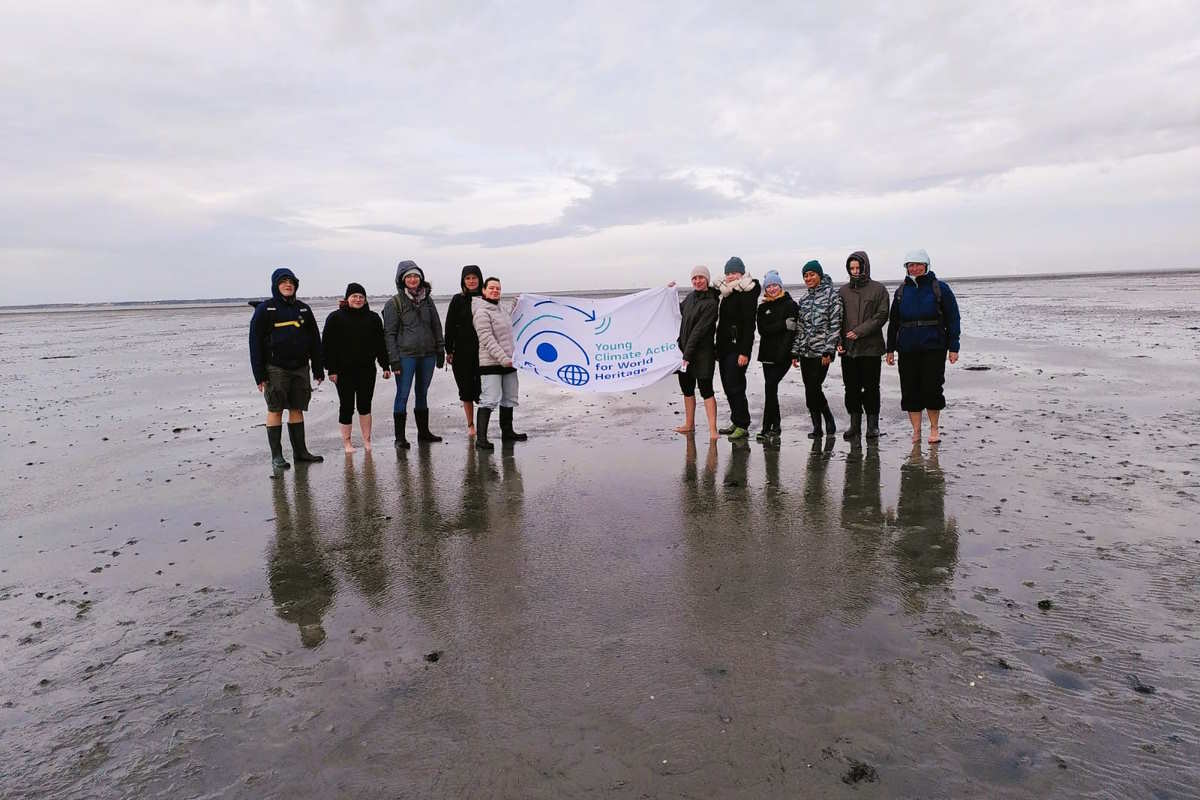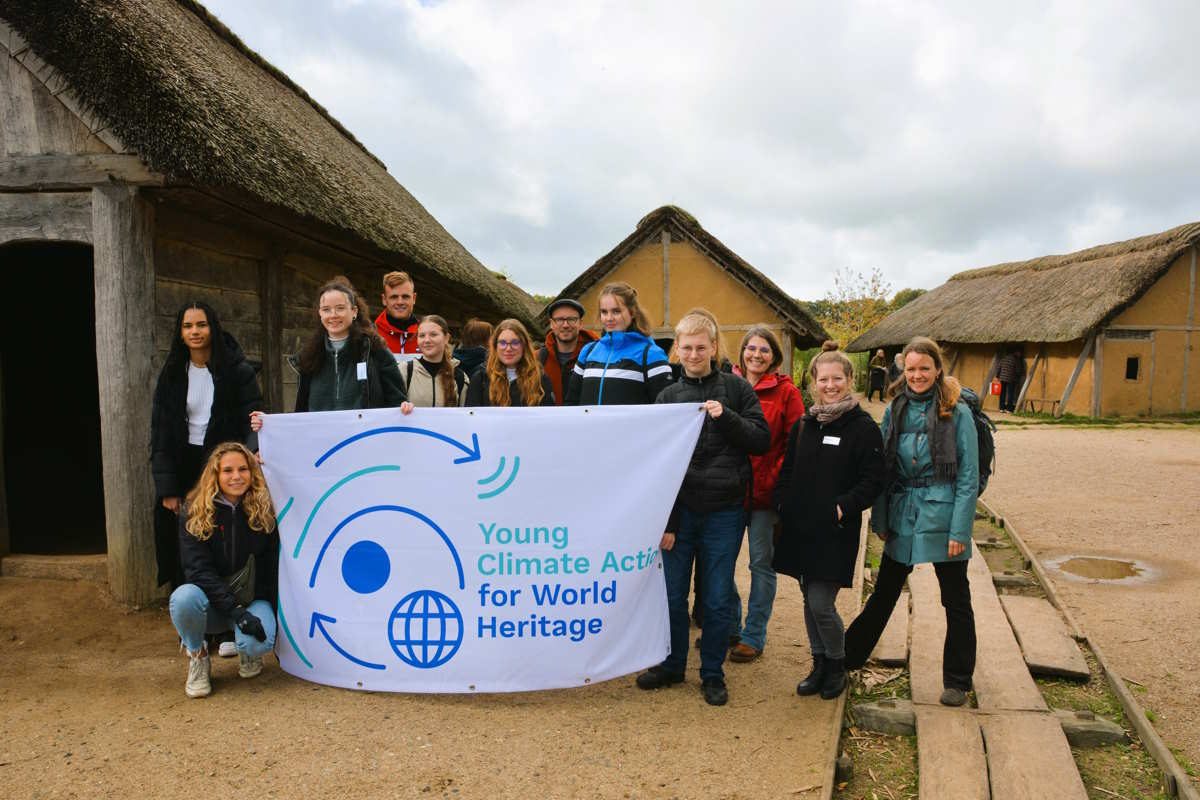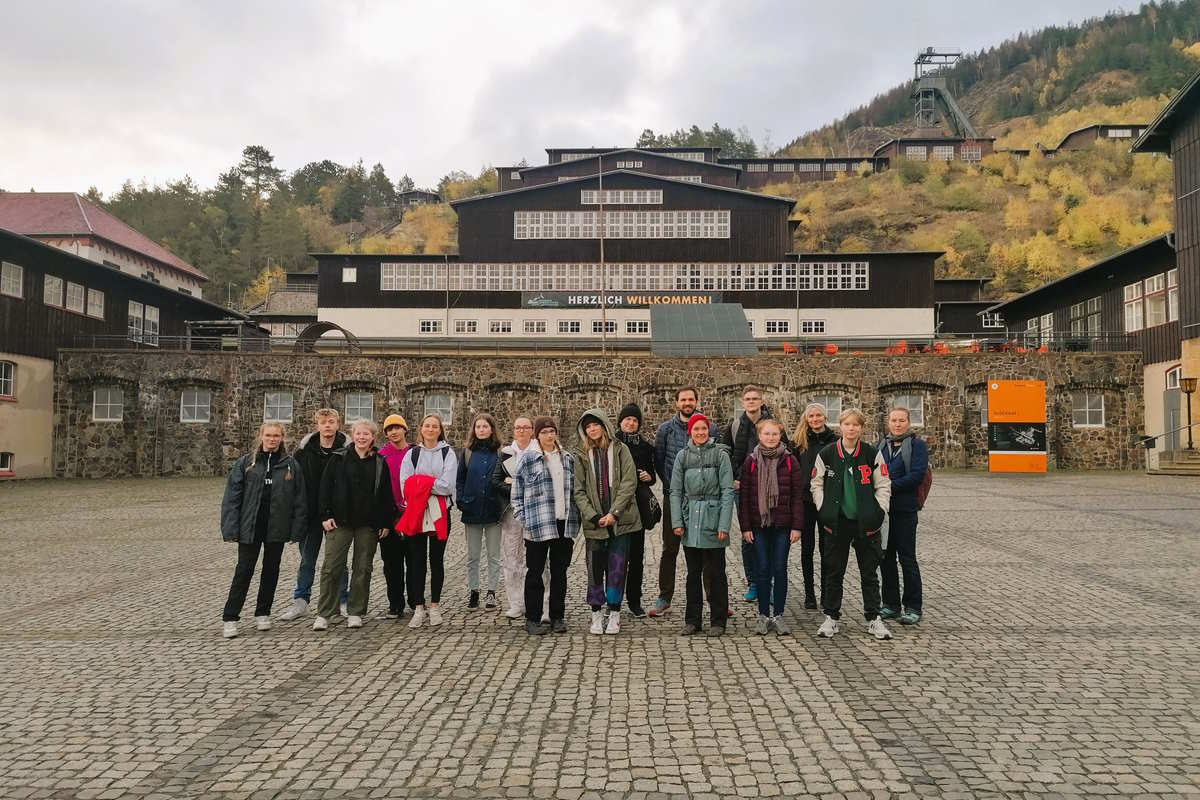Five World Heritage Sites and one candidate for World Heritage in Germany and neighbouring countries became places of education and climate action during the project. The five inscribed World Heritage Sites were ideally suited for the implementation of the project due to their many years of experience in the fields of World Heritage protection, management and education, their high level of expertise on the effects of climate change on World Heritage, and their transnational and intercultural cooperations. Herrnhut, which at the time of the project was nominated to form part of a transnational World Heritage Site, had placed great emphasis on the involvement of civil society and the younger generation in the nomination process and was therefore well qualified to form part of the transnational education project. This selection of sites, ranging from archaeological sites, gardens and cultural landscapes to urban settlements and natural heritage, not only represents the diversity of (potential) World Heritage sites, but also illustrates the wide range of challenges that climate change poses to different types of heritage. Furthermore, the diversity of the selected sites also took into account the different interests and backgrounds of the young participants.
Young Climate Action for World Heritage
An educational project by the Institute Heritage Studies and the German Commission for UNESCO for young people






